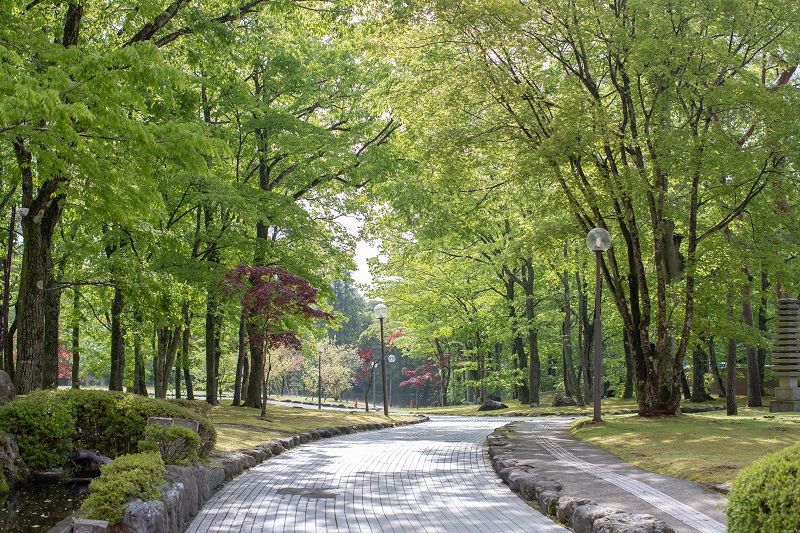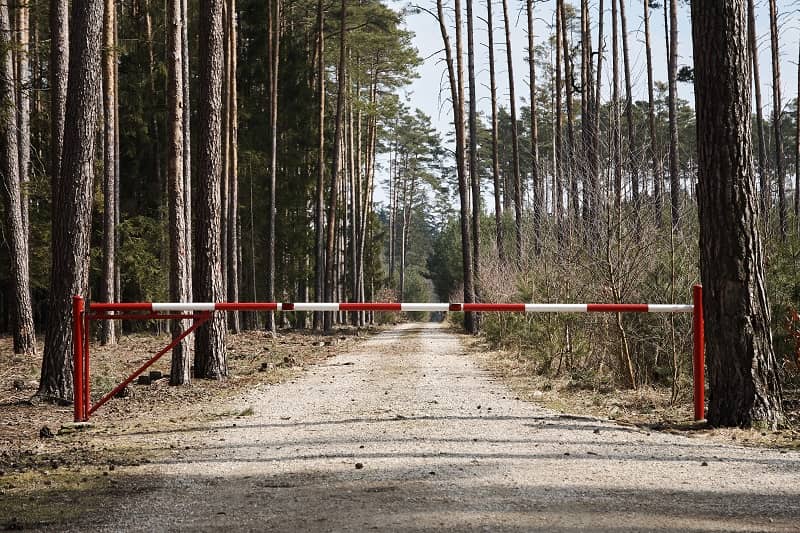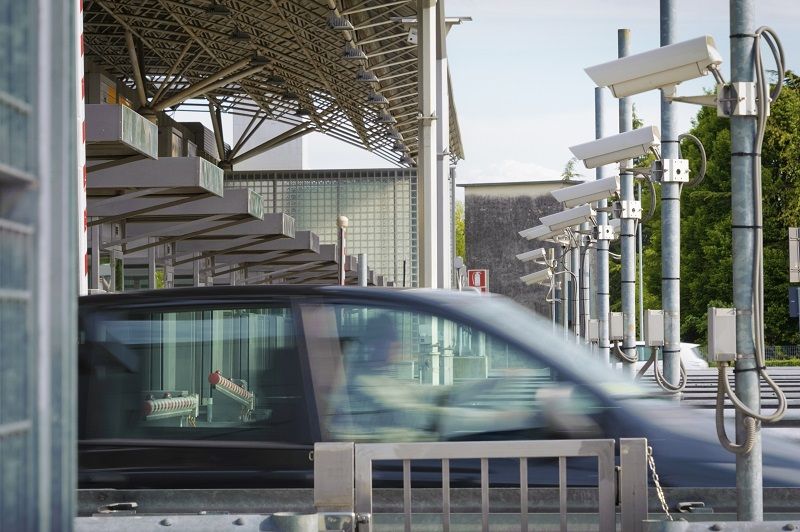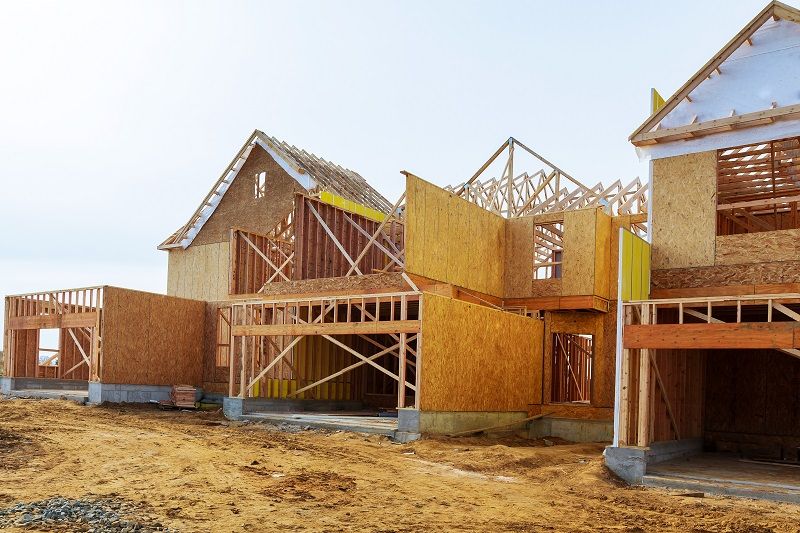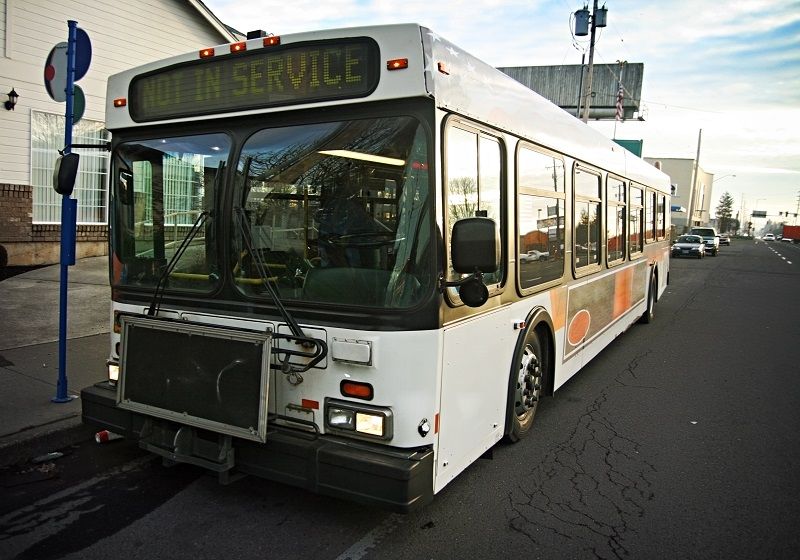By Vladislav Yurlov, Helen Cook, and Micah Perry with Eric Fruits, Ph.D., research advisor
- Executive summary
In June 2019, Metro’s Council referred to voters a $475 million bond measure for the acquisition and restoration of natural areas as well as future recreational opportunities. If passed, the measure will cost the region’s taxpayers approximately $60 million a year in property taxes. The $475 million request is larger than the two previous Metro natural areas bonds combined, which were $135.6 million dollars in 1995 and $227.4 million dollars in 2006.
Cascade Policy Institute researched Metro’s management of its natural areas program. Information was obtained from publicly available resources, public records requests, interviews, and on-site visits to every natural area and nature park identified by Metro. Several areas were more thoroughly examined as case studies because of their location, size, acquisition price, and length of time owned by Metro. These case study areas comprise about 20 percent of the land acquired by Metro in the 1995 and 2006 bond measures.
Cascade’s findings lead to the following conclusions:
- Metro’s natural areas program began as a vision to increase and preserve parks and natural areas to a region facing increased population growth and density. With increasing population density, local governments would offset the loss of backyards with more parks to meet, play, and offer “nature in neighborhoods.” It was an expensive vision that would require hundreds of millions of dollars.
- As the program evolved, the mission moved from providing parks for people to locking land away from the community that paid for it. The initial promise in 1995 to “provide areas for walking, picnicking, and other outdoor recreation” has shifted to the 2019 bond measure promise to “protect water quality, fish, wildlife habitat, natural areas.” Parks are to be “maintained” rather than built, expanded, or improved.
- Over the nearly two decades since the first parks and nature bond measure, Metro has made, broken, and delayed its promises to voters.
- Metro promised that a solid waste tax enacted to pay for the operating costs of new parks would protect residents from additional taxes for the same purpose. Nevertheless, it swept that money into Metro’s general fund and put two operating levies—increasing property taxes—on the ballot.
- Metro assured the region that Clear Creek would become a regional park. More than a decade later, it has no plans to make the area publicly accessible and has removed it from its maps of parks and natural areas.
- Chehalem Ridge was pitched as a regional park for Metro’s west side, but current plans are for a few miles of walking trails and a small picnic area.
- After spending hundreds of millions of dollars and acquiring more than 14,000 acres of land, less than 12 percent of the acquisitions are accessible to the public.
- Even the land that is open to the public is out of reach of many Portland residents.
- Seventy percent of Metro’s acquisitions have been outside Metro’s jurisdiction.
- More than 80 percent of the acquisitions are outside the Urban Growth Boundary.
- A statement in the 2019 Voters’ Pamphlet from a group of bond supporters admits that many of Metro’s acquisitions “exist as places on a map but not places you can actually go.”
- Much of the land acquired by Metro was never at risk of development because Metro manages the region’s UGB.
- Metro’s restoration objectives, efforts, and results have been opaque and uncertain. Metro has provided no measurable documentation of changes to water quality or fish and wildlife populations.
- Metro has promised a strategy focused on racial equity. Even so, minority communities’ desire for parks that serve as “gathering places, places to eat, security, and places for kids to play, exercise and cool off during the summer” have been overlooked in favor of natural areas amenable only to “passive recreation.”
Metro has acquired more land than it can manage. The focus for the next decade should be on making current lands available for public use. Metro’s largest planned park—Chehalem Ridge near Gaston—has been in Metro ownership for nine years, and there is still no public access. Metro also owns about 1,400 acres in the Sandy River Gorge. These holdings are not shown on any of Metro’s parks and nature maps and Metro has no plans at all to make these properties available for swimming, boating, hiking, or family cookouts. Metro needs to turn these and other areas into parks its residents actually use before seeking more money to acquire more land.
Vladislav Yurlov, Helen Cook, and Micah Perry are Research Associates at Cascade Policy Institute. Eric Fruits, Ph.D., is Vice President of Research at Cascade.
Click here for the full report in PDF:
2019-10-Hidden_Lands_Unknown_Plans_A_Quarter_Century_of_Metro’s_Natural_Areas_Program
